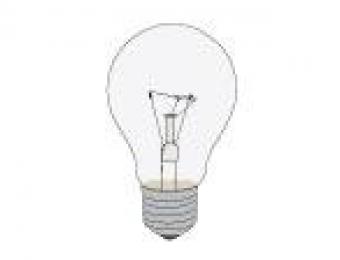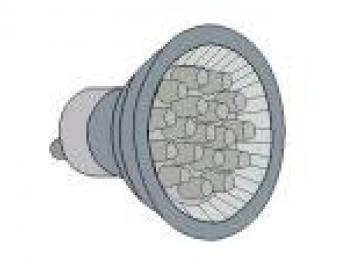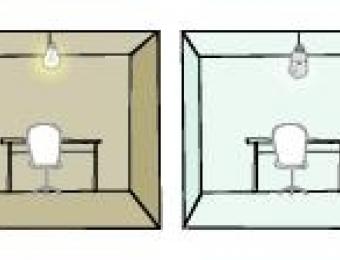
Because incandescent light globes cost as little as 45 cents in recent years, it makes sense that people want to know if newer lighting technologies will save them money or cost them more – especially when they realise how much they need to pay for some types. It also explains why in the lead-up to the sales ban on incandescent globes, sales increased by as much as 200%, with people scrambling to stock up in the mistaken belief that doing so might save them money.
Are CFLs cheaper than incandescents?
The most common replacement for incandescent globes at the moment is the compact fluorescent lamp (CFL), which are readily available in most supermarkets, and which will fit in your existing light fittings as a direct replacement. A CFL globe costs substantially more to buy than an incandescent lamp, but can realistically save approximately $30-$40 in electricity costs over the lamp's lifetime.
A lot of this is due to the longer average rated life of CFLs. Where an incandescent globe will last just 750-1,000 hours, a CFL can last between 6,000 and 15,000 hours. This means savings not just on the amount of power consumed, but also on the cost of replacement light bulbs as well. So yes, provided that you use it enough, changing to a CFL will save you money in the long term. The new player to the market, LEDs, could work out even better though.
Cost and performance of LEDs
LEDs are currently the most efficient form of domestic lighting available. LEDs are typically seven to eight times more efficient than traditional incandescent globes. These types of globe can last 20 to 30 times longer than incandescent globes too, with many having a claimed lifespan of between 50,000 and 100,000 hours – a claim that’s yet to be fully tested, of course!
While these globes may seem tremendously expensive, the savings in terms of replacements and energy usage (even when compared to CFLs) mean that when used regularly, they are likely to save you money.




